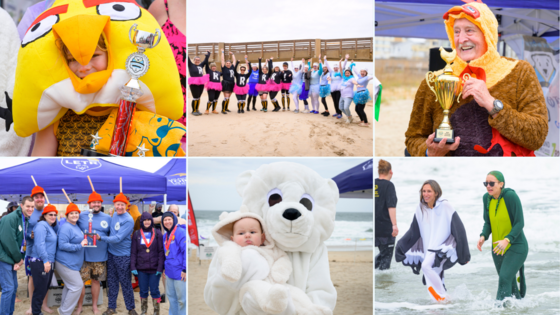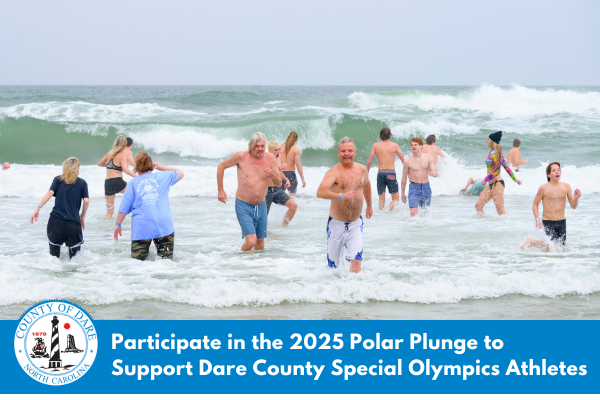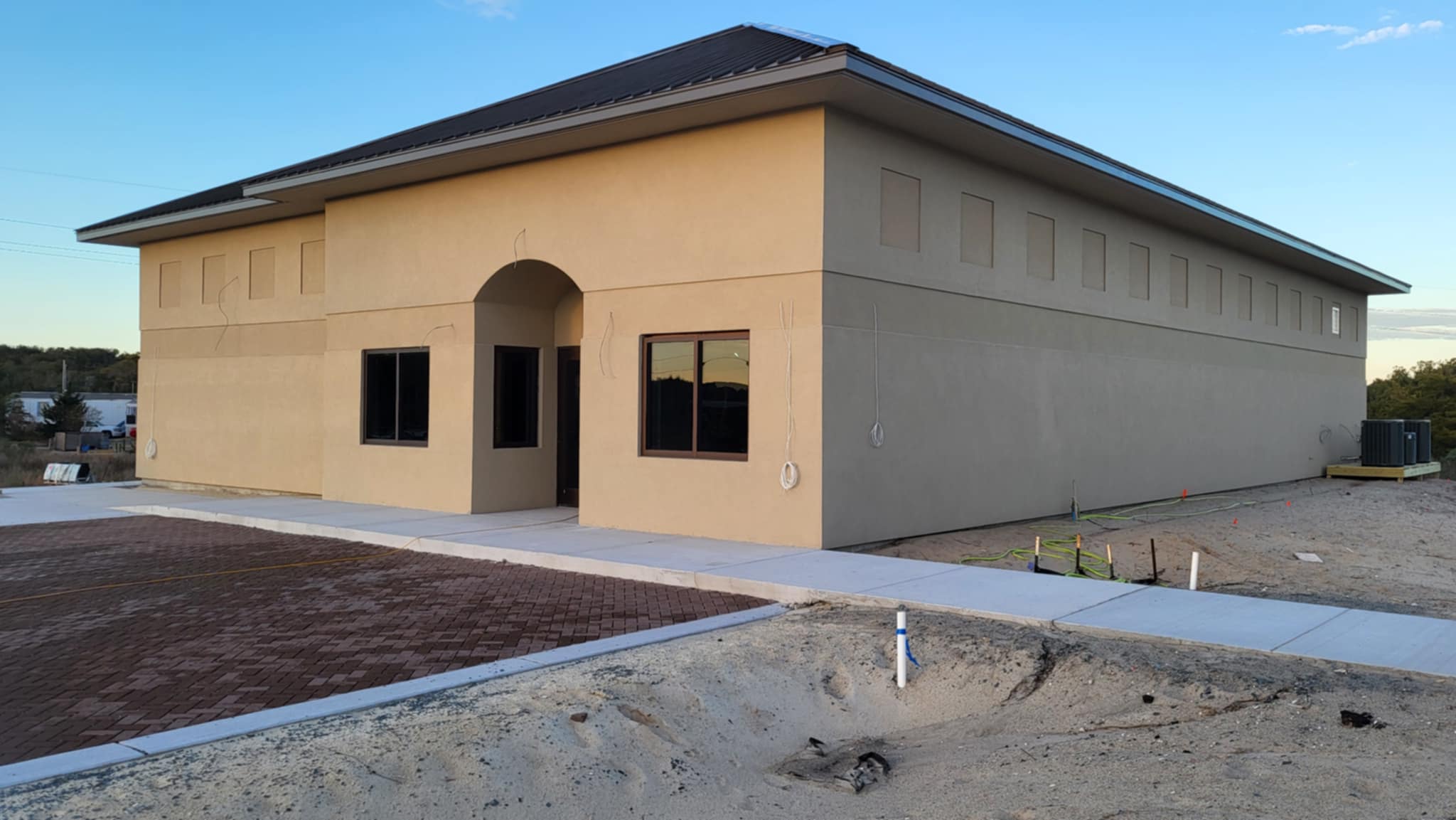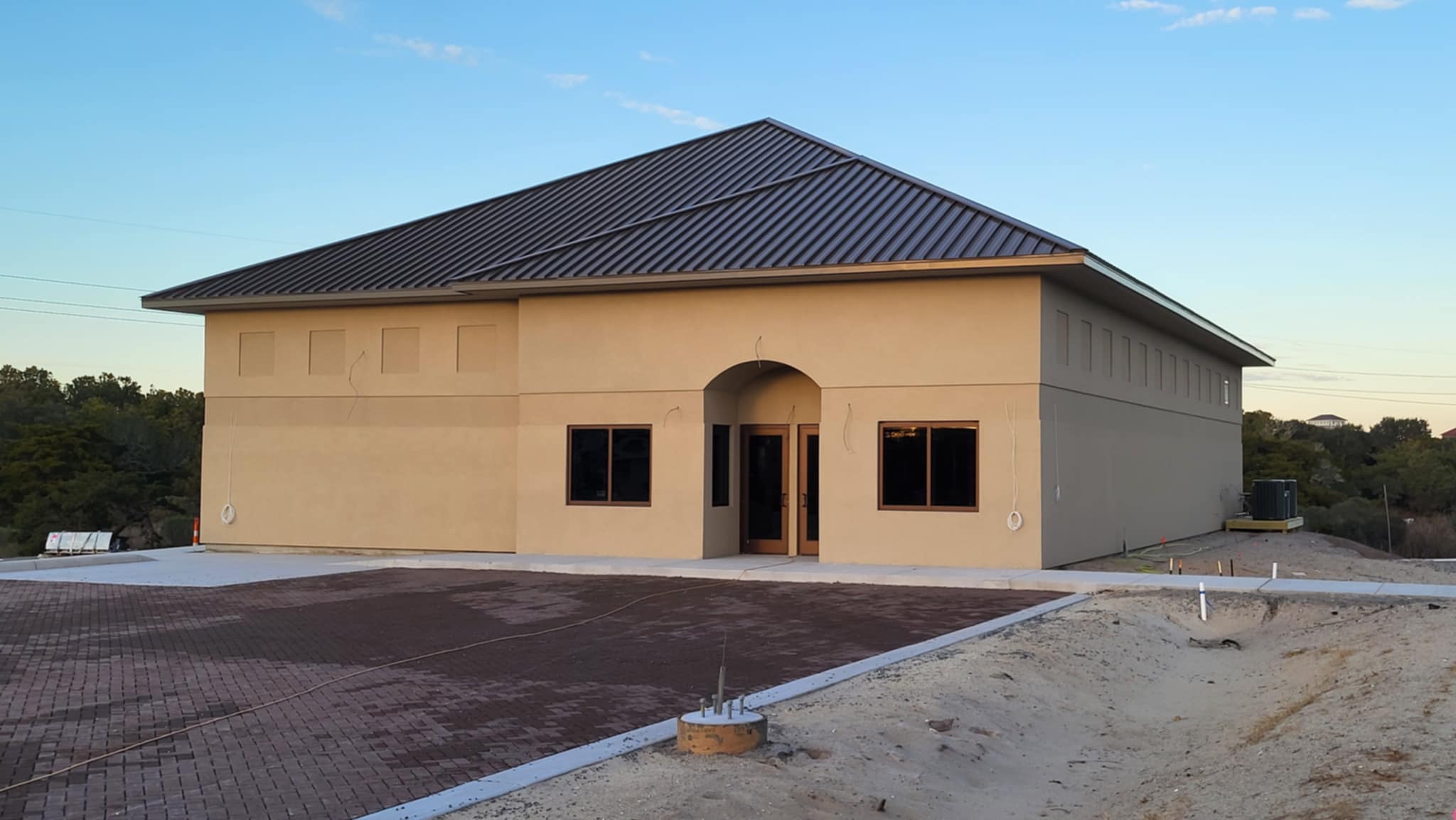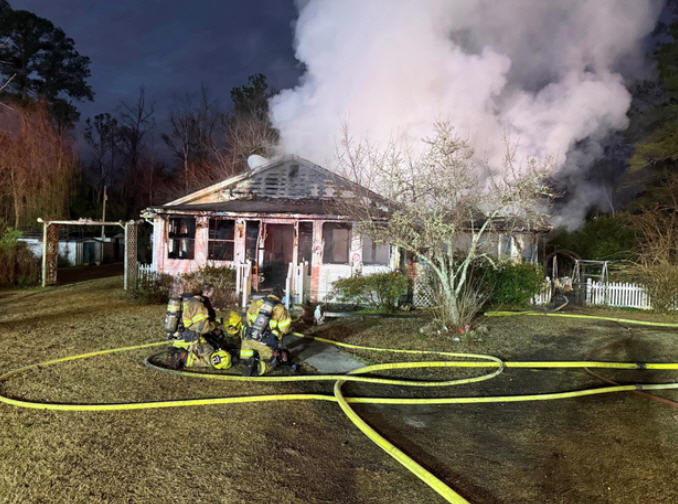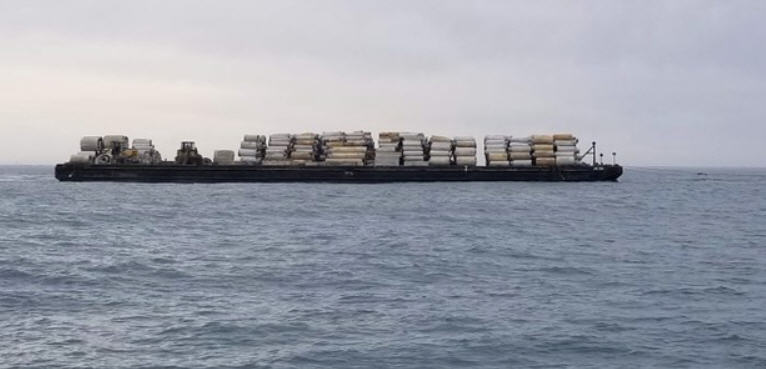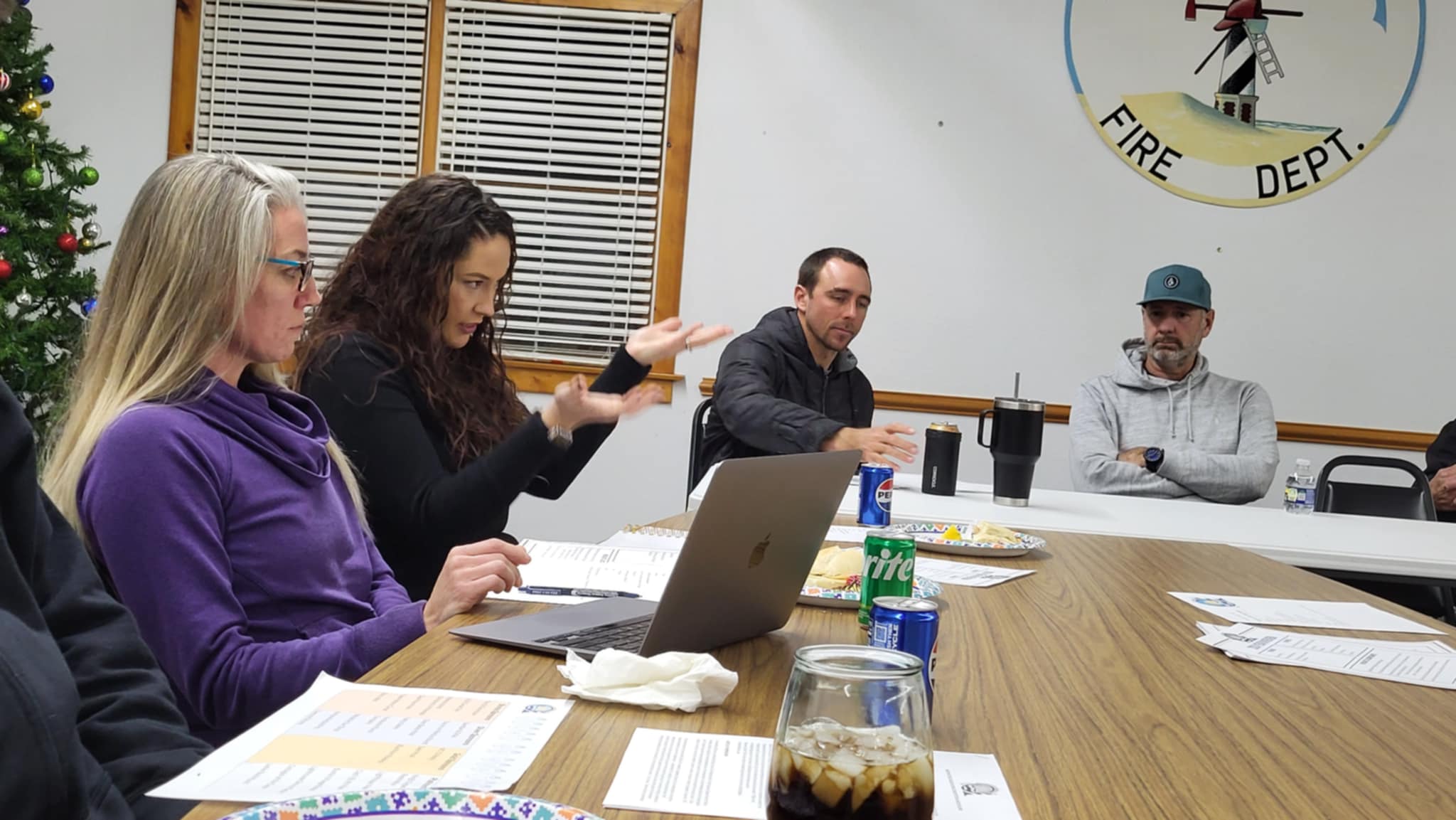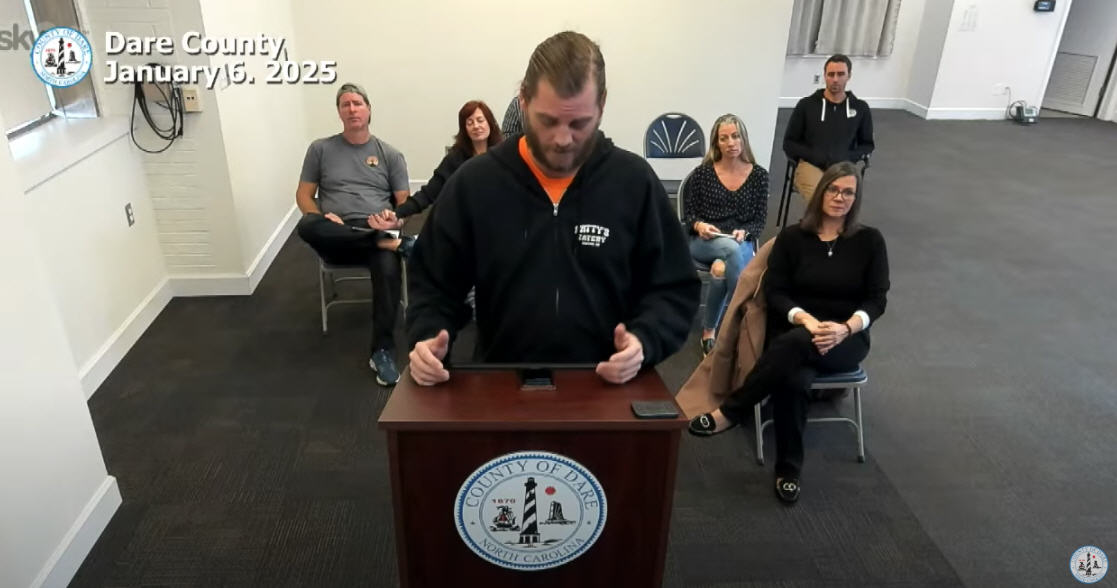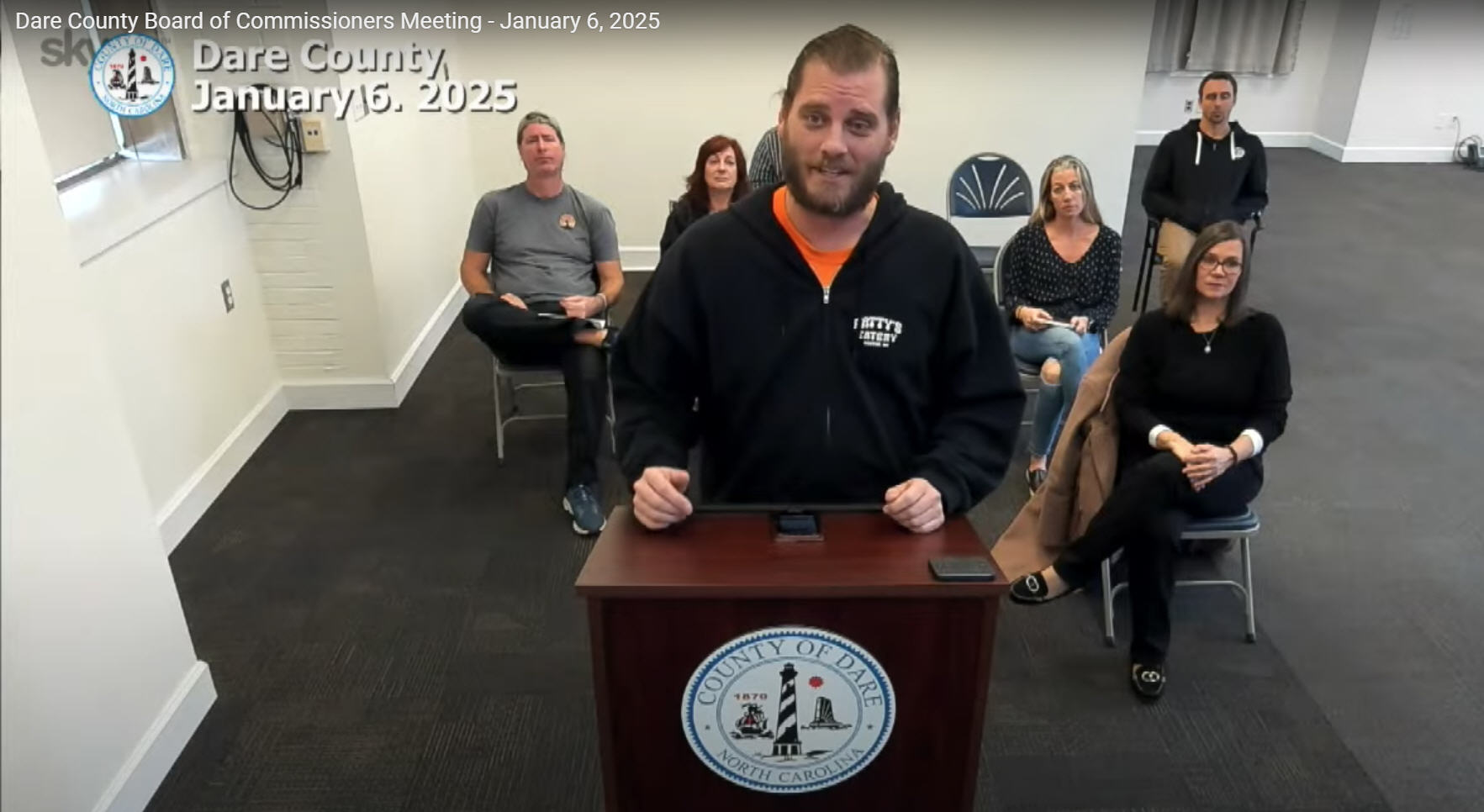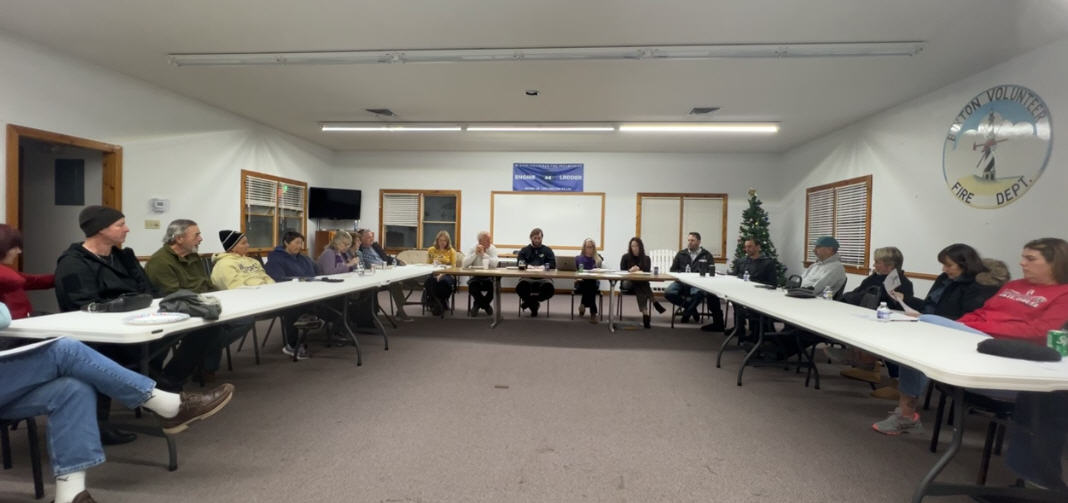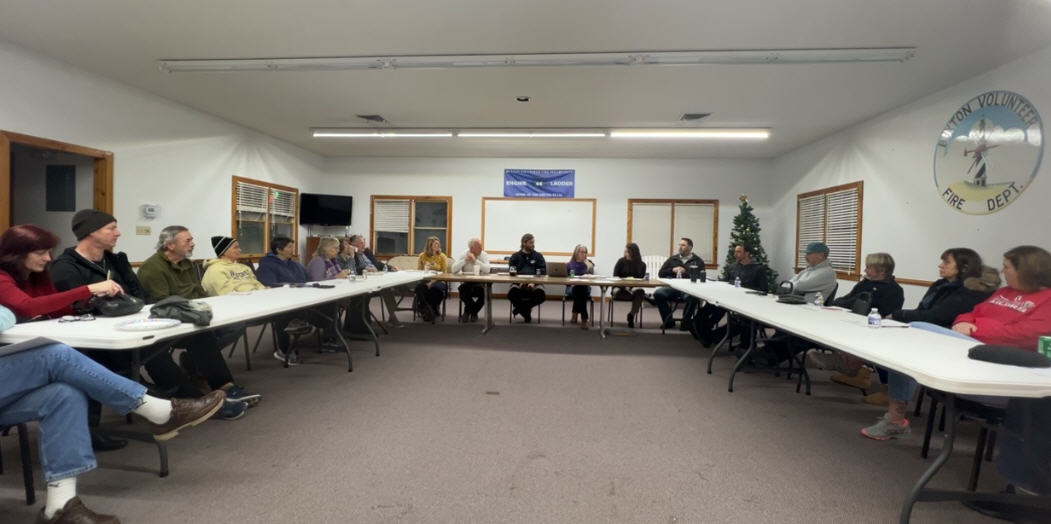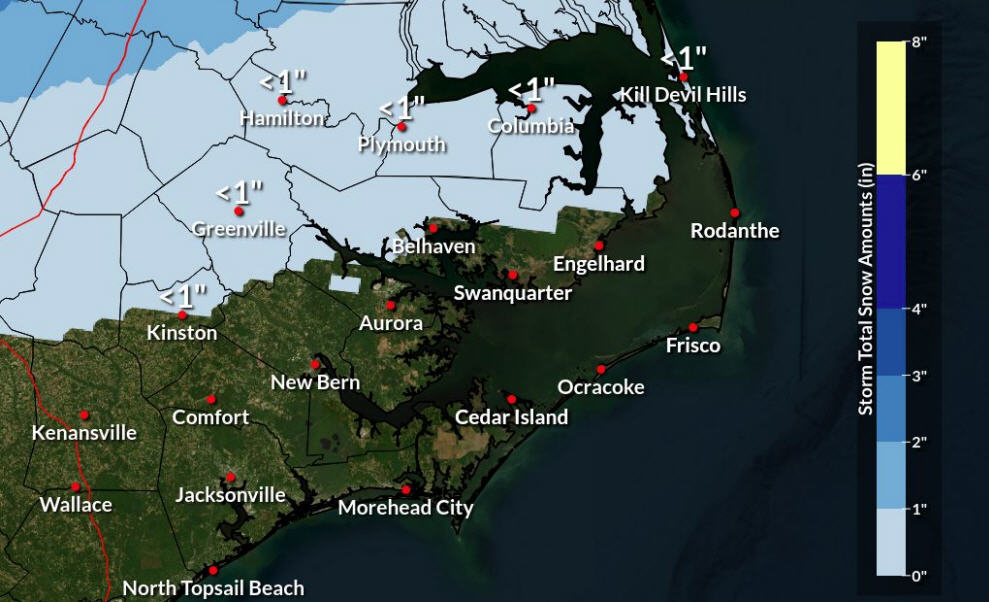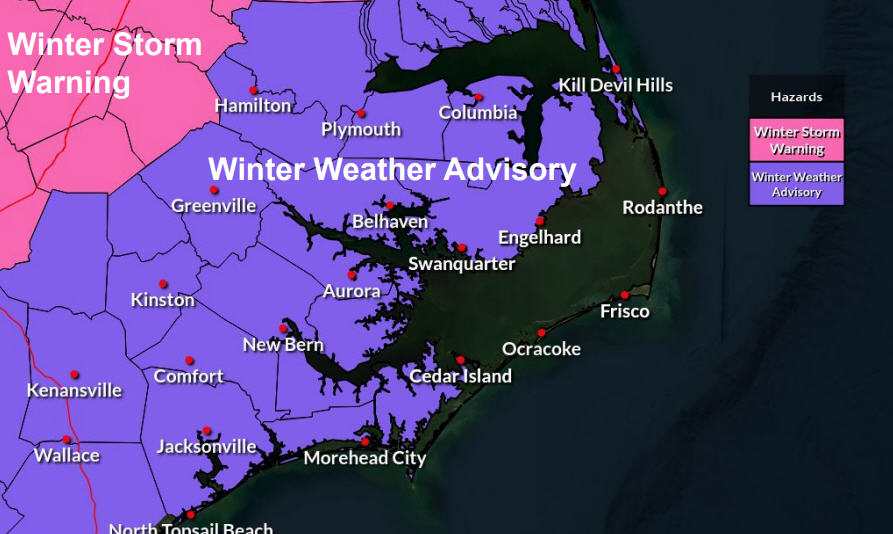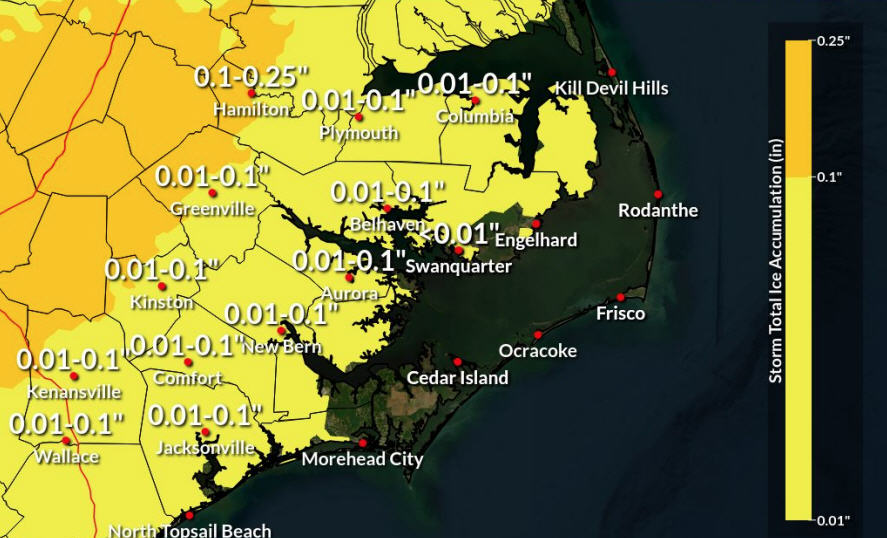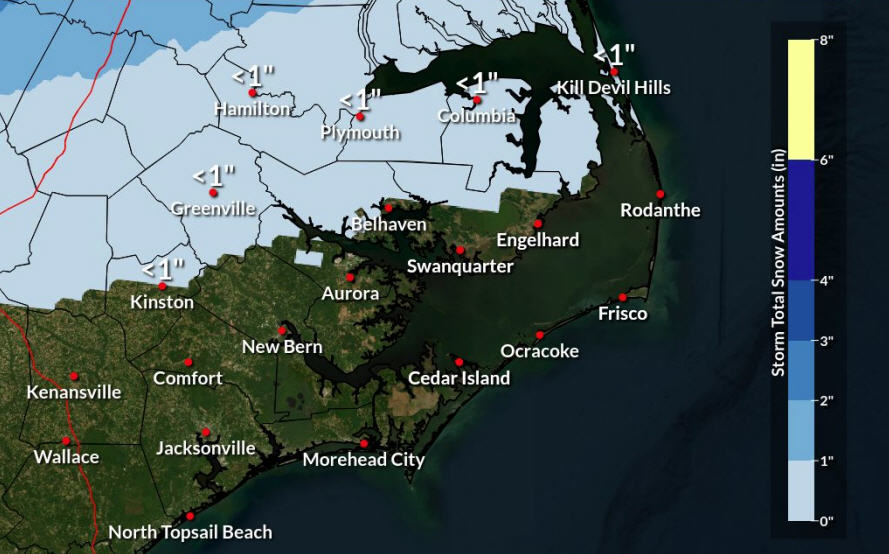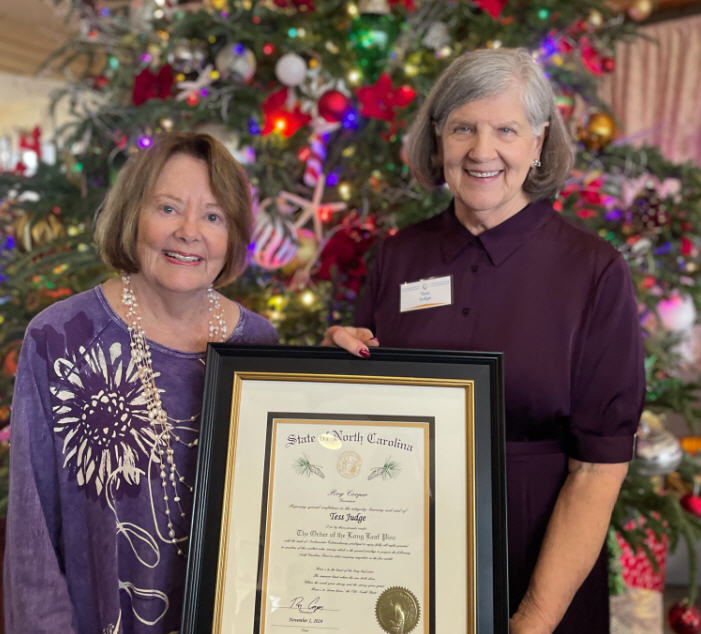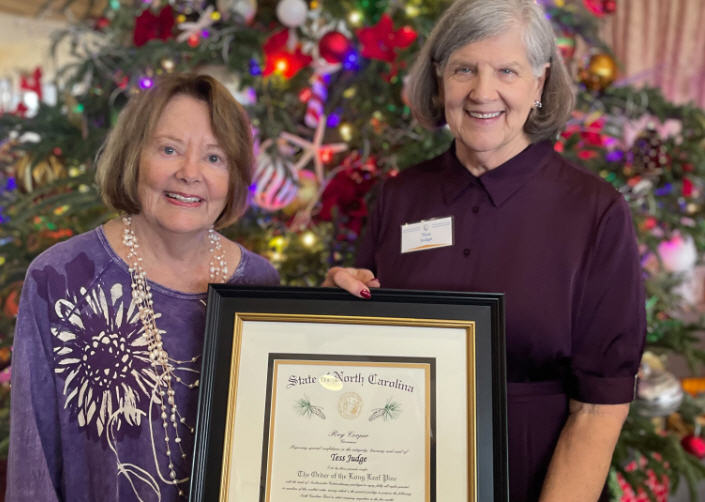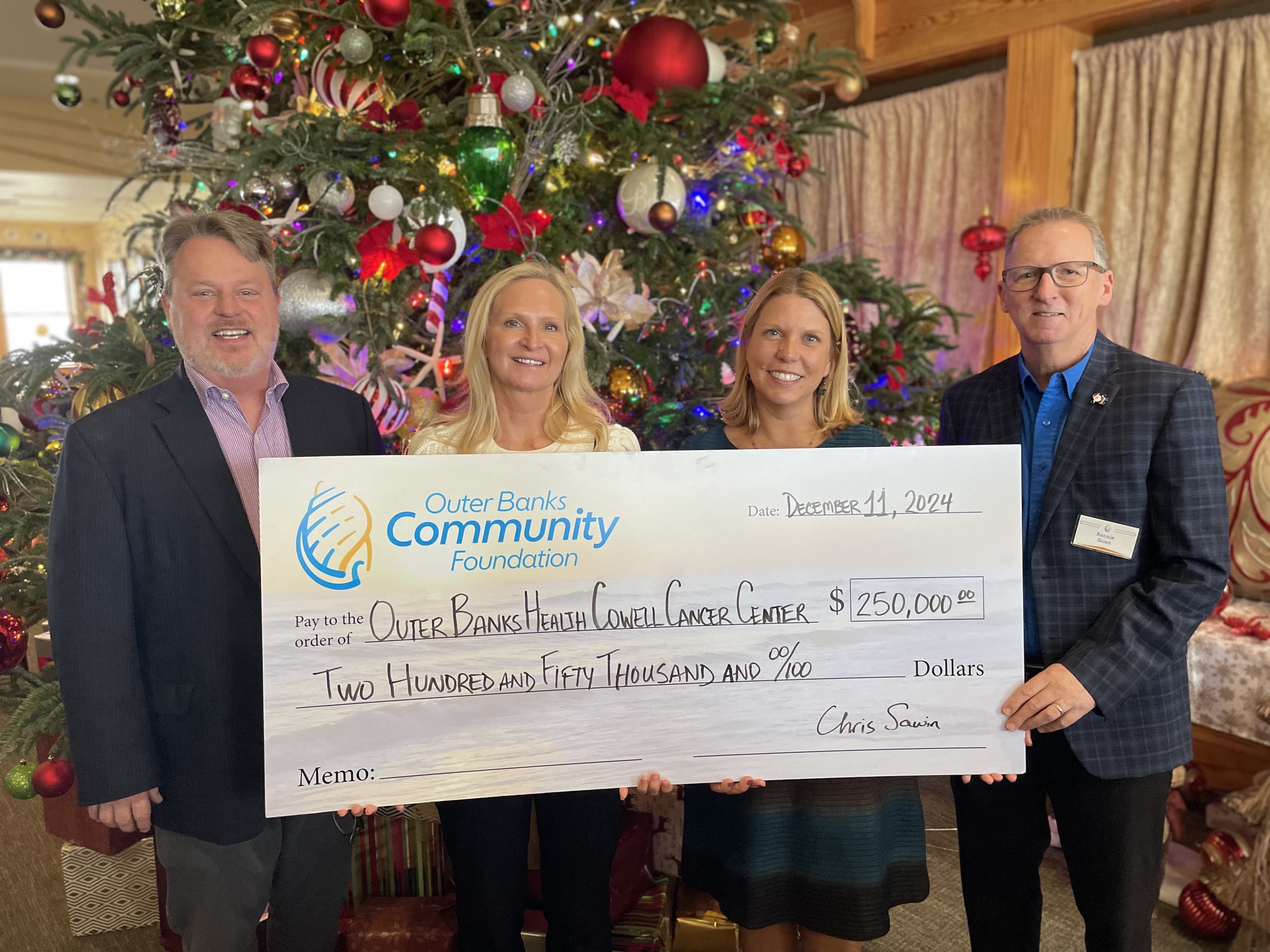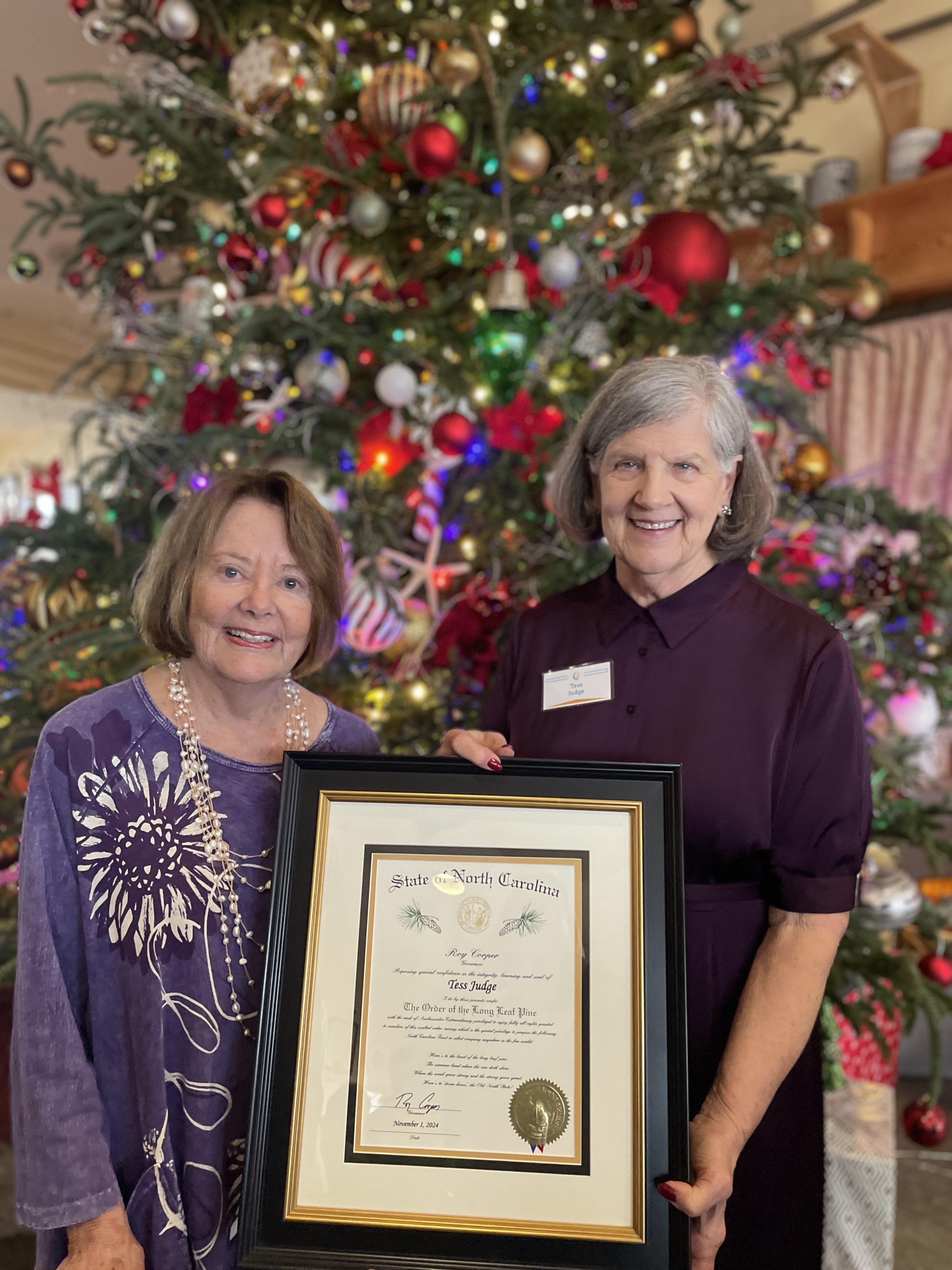Remembering Mr. Bob, an Ocracoke pony
By Pat Garber
 “If such a place there be, an island in the sun, where horses free as spindrift run.”
“If such a place there be, an island in the sun, where horses free as spindrift run.”
–Jeanetta Hennings, from her 1985 book “Conquistadore’s Legacy: The Horses of Ocracoke.”
Thirty-three years ago, on the island of Ocracoke, a Banker pony mare retreated into the marsh grasses along the Pamlico Sound to deliver her foal. The foal, a brown and white pinto colt, clambered to his feet, following his mother as she rejoined the other ponies in her band. The leader of the pony band, a handsome chestnut stallion, was his father and led the ponies as they sought out the tough but tasty spartina grasses that made up their diet and dug down into the ground for fresh water.
On nice days, the colt frolicked in the waters of the sound with other colts and fillies, and when storms rolled in, he hunkered down at the dunes, protected by the other members of the band. If the waters rose in hurricanes, he and the other ponies climbed to the top of the dunes to escape.
The ponies lived as if they were wild, but they were in fact overseen by the National Park Service, and the lands they roamed were part of the Cape Hatteras National Seashore.
One of the park rangers, Jim Hennings, and his wife, Jeanetta, took a special interest in them. They knew the stallion as Jim and the mare as Old Paint, and they named the new colt Mr. Bob.
As he grew older, Mr. Bob proved to be a wise and gentle pony, so Jim Hennings decided to train him to work for the Park Service. Ranger Judy Lawson recalls how gentle he was and how good he was with the kids. In particular, she remembers one day when she was helping with his training and someone forgot to cinch up his saddle.
“I got on and I went full circle,” she said, “and he didn’t get upset or anything.”
During the summers of 1978-1980, Mr. Bob was ridden by Alice Rosazza in the living history programs Jim Hennings organized for visitors to the Park. In 1981, when newly hired park ranger Howard Bennink asked to use a horse to patrol the beach, Mr. Bob became the first horse in Ocracoke’s National Park Service Beach Patrol.
Howard, now a teacher at Ocracoke School, rode Mr. Bob along the beach from the Pony Pens to the Airport and back and used him to patrol the parking lots during the Ocracoke Crab Festival and July 4 celebrations. He also rode him in several of the Fourth of July parades during the 1990s, and more recently Mr. Bob had been one of the ponies on exhibit at the Ocracoke Museum’s special July 4 ceremony.
“Bob was a good boy,” recalled Howard, but “he had a bad egg brother — Owen K. He also had a full sister called South Wind.”
No one knows how or when the ponies first came to Ocracoke, although there are a number of theories. Legend has it that the original ponies were brought over on Spanish ships in the 16th century. The ships may have wrecked on treacherous shoals, or the Spaniards may have deliberately released the ponies when they prepared to return to Spain.
One explanation is that Sir Richard Grenville, leading an expedition from England in 1585, stopped at a Spanish island to pick up supplies and stock, including some of the Spanish ponies, on his way to Roanoke Island in North Carolina. His ship ran aground in Ocracoke Inlet, and some of the ponies were released to lighten the load so the ship could break free.
However they may have gotten here, there is little doubt that they are of Spanish origin. They still have the characteristics of the small, hardy horses bred by the Moors, combining their Iberian stock with North African Barbs and Arabians. They are really small horses rather than ponies, with short backs (having one fewer lumbar vertebra than other horses), short legs, and a sloping croup. They are even-tempered, intelligent, and tough.
with North African Barbs and Arabians. They are really small horses rather than ponies, with short backs (having one fewer lumbar vertebra than other horses), short legs, and a sloping croup. They are even-tempered, intelligent, and tough.
When Ocracoke was settled by t
he English, they began riding the ponies and using them for plowing gardens, pulling carts, and hauling freight. When the U.S. Life-Saving Service, forerunner of the Coast Guard, was established in the 19th century, the Ocracoke ponies were used for patrolling the beaches and rescuing shipwreck victims. The main herds, however, continued to run free.
There was a round-up, or pony-penning, every year on the Fourth of July. Islanders would start at the far end of the island, on horseback, herding the bands of ponies toward the village. There would be several hundred horses, and as the stallions from the various bands were bunched together, they would sometimes fight. People from the village would gather around to watch, and there was a festive air on the island, with lemonade, ice cream, and other treats.
Several areas were used, over the years, for penning the ponies. One was in front of the Island Inn, one at Windmill Point, one near Sam Jones’ Castle, and one at the cow pens, the present-day pony pen. There, the ponies were branded, gelded, and broken. Some were separated to be used in the village or sold on the mainland, and the rest were turned loose to run free again.
During the 1950s, Captain Marvin Howard, retired from the U.S. Army Corps of Engineers, turned Ocracoke’s Boy Scouts into the only mounted scout troop in the country. Those boys who did not already have ponies caught and broke one, and they all learned to ride in formation. A number of native Ocracokers today have fond memories of their scouting days, when they went on camping trips, rode in parades, and entered races at the Pirate’s Jamboree in Buxton. According to Howard Bennink, Mr.Bob is the grandson of the pony James Barrie Gaskill rode in the Boy Scouts.
After the highway was built, it became unsafe for the ponies to roam free, and for a while their fate was undetermined. In 1967, the National Park Service agreed, in response to public sentiment, to take over their care, protecting them as a cultural resource. They fenced a 180-acre area near the center of the island which included salt marsh, sound, and high ground, and it was here that Mr. Bob was born.
When Jim Hennings arrived, he had a barn and more corrals built near the pony pen. Following Jim Hennings, park ranger Bill Caswell oversaw the Ocracoke ponies for a number of years. More buildings and corrals were added, and the feeding of hay and grain became a daily routine. Today the Park Service has a “wrangler,” Laura Michaels, whose main job is seeing to the needs of the ponies. She loves the ponies and the work she does with them.
Gone, however, are the idyllic days of freedom expressed by Jeanetta Hennings’ poem.
In 2003, Hu

rricane Isabel destroyed the pony barn and most of the fences and sanded in part of the pasture lands. When the Park Service rebuilt, it enclosed only 100 acres. Storms continually tore out the fencing that allowed the ponies to go into Pamlico Sound, so the fencing was moved so that the ponies no longer have access to the sound. For a number of reasons, including health issues, many of the ponies are kept in pens close to the barn where they can be more closely supervised. Only a few of the ponies roam freely.
The size of the herd has declined over the last few years, and there are, as of September, 2010, only 15 Ocracoke ponies left.
In an effort to increase the herd and maintain its Banker bloodlines, the National Park Service borrowed two Shackleford Banks stallions to breed with the Ocracoke mares.
The plan pr
oved successful in March of this year when Spirit, an Ocracoke pony mare, had a foal, called Paloma, by one of the stallions. The rangers are waiting now to see if two other pony mares have been bred. Also, recently, the National Park Service adopted two young Shackleford mares, in hopes of breeding them to an Ocracoke stallion.
Mr. Bob’s health began failing as he grew older, though he rallied several times. He had recently lived in what Laura calls the “geriatric section” of the pony pens, getting food supplements and veterinary care.
Finally, on Sept. 8, he died peacefully.
His life spanned 33 years of change, both on the island and in National Park Service policies. He is remembered with fondness and respect.
(Pat Garber worked with the ponies as a Volunteer in the Park, during the 1990s, and she rode Rondo, another Ocracoke pony, alongside Mr. Bob in the Fourth of July parades. She is the author of several books about Ocracoke, including a children’s book called “Little Sea Horse and the Story of the Ocracoke Ponies,” published by the Ocracoke Preservation Society and available at island shops and online.)





